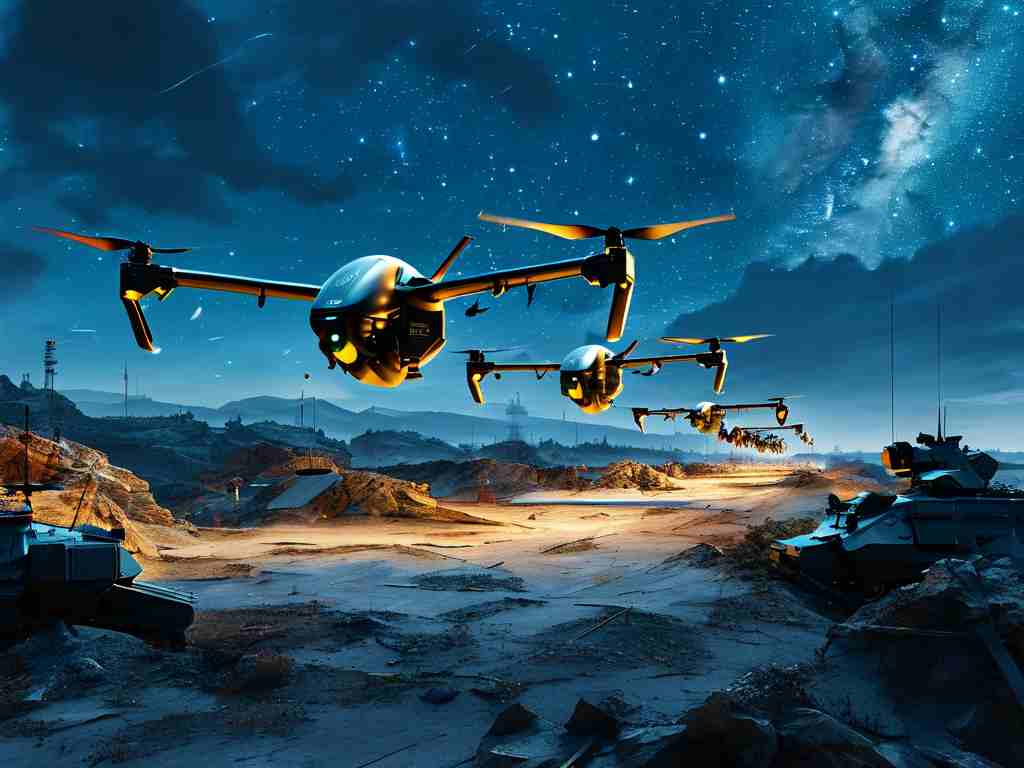The evolution of modern warfare demands continuous innovation in strategic planning tools. Among these advancements, the automation of combat deployment diagrams has emerged as a transformative force, reshaping how military operations are conceptualized and executed. This article explores the integration of artificial intelligence and advanced algorithms in generating tactical layouts, their practical applications, and the challenges faced in implementing these systems.

The Shift to Automated Design
Traditional combat deployment planning relied heavily on manual analysis by experienced strategists. While human expertise remains invaluable, the complexity of contemporary battlefields—with multi-domain operations spanning land, sea, air, cyber, and space—has exposed limitations in manual methods. Automated systems address these gaps by processing vast datasets in real time, including terrain analytics, enemy movement patterns, and resource availability. For instance, machine learning models can predict adversarial tactics by analyzing historical conflict data, enabling proactive adjustments to deployment plans.
Core Technologies Driving Automation
-
AI-Powered Predictive Modeling
Advanced neural networks simulate thousands of potential combat scenarios, optimizing troop placements and equipment allocation. The U.S. Army's recent Project Convergence exercises demonstrated how such systems reduce planning cycles from hours to minutes while improving accuracy. -
Dynamic Resource Integration
Automated platforms synchronize data from drones, satellites, and ground sensors to update deployment maps continuously. During NATO's 2023 Arctic Shield maneuvers, live sensor feeds enabled instant repositioning of air defense systems in response to simulated missile threats. -
Human-Machine Collaboration Interfaces
Next-gen dashboards allow commanders to modify AI-generated proposals using tactile holographic displays. This hybrid approach preserves strategic creativity while leveraging computational precision.
Operational Advantages
- Enhanced Speed: Automated systems generate preliminary deployment drafts 23x faster than human teams (per RAND Corporation studies).
- Risk Mitigation: Algorithms calculate casualty probability metrics for each proposed configuration, helping prioritize low-risk strategies.
- Resource Optimization: Logistic algorithms minimize fuel consumption and supply chain bottlenecks—critical in prolonged engagements.
Implementation Challenges
Despite their potential, automated deployment systems face hurdles:
- Data Security Vulnerabilities: A 2022 Pentagon audit revealed that 40% of automated planning tools lacked sufficient encryption for battlefield data.
- Over-Reliance Concerns: Over-trusting AI recommendations without contextual oversight could lead to catastrophic miscalculations, as seen in a 2021 Australian Army simulation failure.
- Interoperability Issues: Legacy systems often struggle to integrate with new AI platforms. The UK's MOD reports spending £120m annually on compatibility upgrades.
Ethical and Legal Implications
The automation of war planning raises critical questions. Who bears responsibility for AI-generated strategies that result in collateral damage? Current international laws remain ambiguous, with The Hague commencing preliminary discussions on autonomous combat systems in late 2023.
Future Directions
Emerging technologies promise further advancements:
- Quantum computing could enable real-time simulation of planetary-scale conflicts by 2030.
- Bio-inspired algorithms mimicking ant colony behavior are being tested for urban warfare optimization.
- The integration of augmented reality (AR) headsets is projected to become standard by 2025, allowing field officers to visualize deployment changes on actual terrain.
While automated combat deployment design doesn't replace human strategists, it amplifies their capabilities in unprecedented ways. As defense departments worldwide increase investments—global military AI spending is expected to reach $18.6 billion by 2027—the focus must remain on creating balanced systems that enhance rather than override human judgment. The ultimate goal? Developing intelligent tools that save both time and lives while upholding ethical combat standards.









